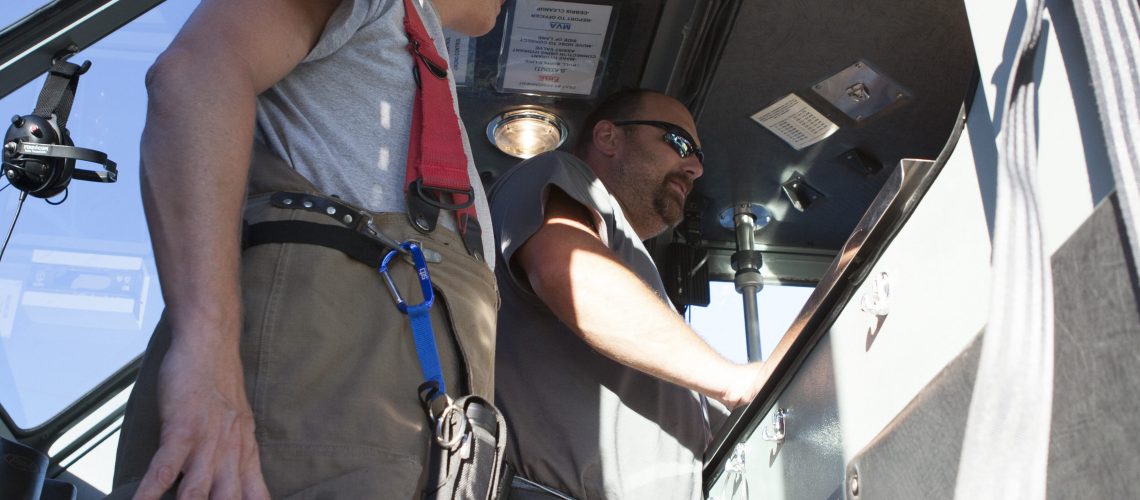The following article continues a series detailing various positions that our firefighters fill. From basic skills to top management, all roles are vitally important in making our Fire Company function well. We hope these articles help community members better understand how we function as a team using everyone’s strengths within a chain of command.
Joining hands to do the best job possible
At Bird-in-Hand there is a pool of twenty Fire Company Members who drive the vehicles to the scene of an emergency. Many of these engineers are trained and experienced at driving all four apparatus: tanker, pumper, and two squad trucks.
The first responsibility of the engineer is to drive safely to the emergency. Driving defensively means always being aware of how the public responds to the apparatus with its flashing lights and sirens. In the forefront is the thought, “What is that other driver going to do?” Engineers make sure an intersection is clear before proceeding through a red light. The speed limit may be exceeded under normal and safe conditions.
At the emergency scene the engineer stays with his apparatus. He needs to thoroughly know the location and function of all of the firefighting equipment on his vehicle. That way he can help the firefighters secure the equipment they need as they exit the truck.
The engineer who drives the Pierce Lance Pumper is the person who operates the pump. There are sequential steps to manning the pump and with hours of training and practice, they become almost instinctive to the engineer. Operating the pump requires a specific skill set and the ability to work quickly. Experience also makes it possible to detect trouble or changes by listening to the various sounds that the pump makes.
After the apparatus returns to the station, the engineer has a check list that he follows to prepare the truck for its next call. If the truck needs to be washed, he enlists helpers. He makes sure that the driver’s seat is properly positioned, the radio is set on the correct channel, and all of the truck systems are reset. Also important is checking the fuel gauge; the tank must always be at least three quarters full.
At Bird-in-Hand a member has to be 21 years or older to begin training as an engineer. The first drives are around the parking lot of the Fire Station to get the feel of how to maneuver the apparatus. Then there are many hours of practice runs on the road and additional hours of operating the pump. Only then is the new engineer ready to drive the apparatus to an emergency.

